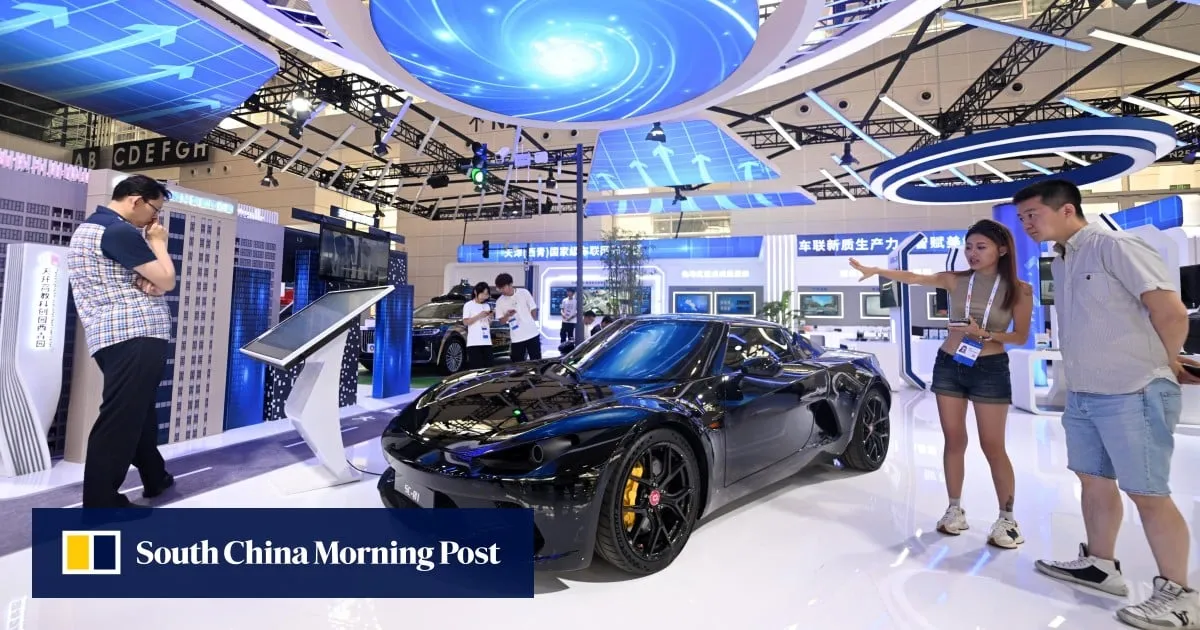EV Subsidies Surge Amidst Sluggish GDP Growth in China

Understanding China's New EV Subsidy Framework
In a proactive move, Beijing has doubled cash subsidies for electric vehicle (EV) buyers as the nation's GDP growth falls below expectations. Previously set at 10,000 yuan, the new subsidy now reaches 20,000 yuan for those replacing their conventional cars with EVs, facilitating a smoother transition in the automotive landscape.
Beijing's Policy Changes
According to a circular from the National Development and Reform Commission and the Ministry of Finance, regional governments are encouraged to support these purchase incentives. This strategic move aims to alleviate inventory overhangs from used cars, stimulating extra demand for new passenger vehicles as traditional sales slow.
Impact on EV Sales
- In June, 856,000 electric and plug-in hybrid cars were sold, marking a 28.6% increase year-on-year.
- Despite a significant sales drop from earlier predictions, the government continues to emphasize the role of subsidies.
- Gross domestic product (GDP) only grew 4.7% in Q2, missing forecasts by nearly 0.4 percentage points.
The Road Ahead for China's EV Market
China's EV sector is anticipated to grow by 20% this year, a significant deceleration from last year's growth of 37%. Analysts like Gao Shen suggest that to stimulate buyer demand, stronger incentives beyond the initial subsidy may be necessary.
As competition intensifies among major players like BYD, which recently slashed car prices, industry leaders such as David Xu Daquan of Bosch China call for an end to aggressive pricing strategies in favor of sustainable growth solutions.
This article was prepared using information from open sources in accordance with the principles of Ethical Policy. The editorial team is not responsible for absolute accuracy, as it relies on data from the sources referenced.